
Meet the Yashica Minipak
The Yashica Minipak is a compact 110 cartridge film camera from the early 1970s designed for easy, pocketable everyday photography. It embodies the point-and-shoot spirit: quick loading, minimal controls, and a tiny body that’s happy in any jacket or tote. If you want analog with zero intimidation, this is the entry point—just drop in a 110 cartridge and go.
What makes it pocket-perfect
At its core, the Yashica Minipak is about immediacy. With a simple viewfinder and a fixed lens, it encourages you to react to scenes, not overthink them. That restraint is part of its charm and why many creators still reach for it when they want spontaneous images with character.

Why it’s still relevant for creators in 2025
In 2025, the Minipak shines as a creative foil to perfection. It appeals to experimental shooters who embrace imperfection and want images with mood: soft focus, visible grain, gentle vignetting, and occasional color shifts. Those traits translate beautifully into casual street and documentary sketches, mixed-media collages, zine spreads, and social posts that don’t feel overprocessed.
Lo‑fi look, high creative value
The Minipak’s “small negative, big personality” aesthetic invites playfulness. It’s ideal when you want to focus on storytelling and gesture, not technical specs. The result is a distinctive visual voice that can reset your eye and spark new ideas.
Key characteristics that matter
Format and lens
The Minipak uses 110 cartridge film, with negatives roughly 13×17 mm. Its lens is typically fixed-focus and fixed-aperture, optimized for bright conditions and subjects a few feet to several meters away.
Operation and exposure
Operation is intentionally simple, often with automatic or fixed shutter behavior. You’ll lean on film latitude to hold highlights and shadows—another reason bright daylight scenes produce the most reliable results.
Size and power
It’s extremely compact and portable. The basic camera body runs without batteries; only certain flash add-ons may need a button cell battery. If you find a Minipak with a flash accessory, check it for function and corrosion.

Shooting techniques for better results
Lean into light
Prioritize daylight or bright outdoor scenes. Backlit subjects can look dreamy; open shade is kinder than dim interiors. If you must shoot indoors, stay near windows and steady your hands.
Compose for simplicity
Smaller negatives reward clear subjects and bold shapes. Accept blur and vignette as part of the Yashica Minipak camera style—use it to convey movement and atmosphere.
Bracket moments
Shoot a few variations of the same scene. That extra frame often captures the best expression, gesture, or light flare.
Plan a hybrid workflow
Develop at a lab, then scan and fine-tune digitally. A light touch in Lightroom or Photoshop—contrast, color balance, and gentle sharpening—keeps that authentic lo‑fi feel.

Film, development, and scanning in 2025
Fresh 110 film options
Fresh 110 film is available from specialty makers, including color, black & white, and unique emulsions. For everyday use, stocks like Lomography Color Tiger 200 provide friendly latitude for bright scenes with a classic palette. Always confirm your local lab processes 110 before starting a project.
Processing and digitizing
Many labs still process 110. For scanning, use a flatbed with a 110 holder (e.g., a dedicated 110 frame or Lomography DigitaLIZA) or a DSLR/macro setup with a film gate. Scan at high resolution, then refine contrast and color in Lightroom or Photoshop while preserving the Minipak’s character.

Accessories and compatibility
- A 110 negative holder (such as a dedicated 110 frame or DigitaLIZA) simplifies digitizing.
- Vintage flash cubes are scarce; ambient light is recommended for consistency.
- Advanced users sometimes reload 110 cartridges with cut film—this is expert-only and requires careful testing.
If you’re starting out, stick to fresh 110 cartridges and daylight. As you gain confidence, explore specialty film stocks and alternative scanning approaches.
Second‑hand buying guide: what to check
Most Yashica Minipak cameras are simple and surprisingly durable, but age can affect shutters and plastic components. With this model, overall condition affects reliability more than cosmetics, and fair market pricing tends to be budget-friendly.
- Advance lever rolls smoothly; no sticking or grinding
- Shutter fires consistently at multiple attempts
- Lens/front element free of deep scratches or cracks
- Body free of major cracks; back closes securely
- Battery compartment (if flash-equipped version) is clean and corrosion-free
- Foam/seals intact enough to keep the back light-tight
- Viewfinder clear enough to compose
Do a quick dry-run: open the back, inspect light seals, work the advance, and listen for a crisp shutter click. If a flash accessory is included, open the door and check for white or green residue before inserting any button cell battery.
A simple 2025 workflow example
From pocket to post
- Load a fresh color 110 cartridge.
- Shoot outdoors in ISO 200–400 light conditions.
- Develop at a lab that accepts 110.
- Scan with a 110 holder or DSLR rig; edit lightly for contrast and color.
- Share digitally and embrace the lo‑fi character.
On my first sunny afternoon with the Minipak, the camera disappeared into my palm. People barely noticed me, and the pressure melted away. Back home, my favorite frame was slightly blurred—wind in a passerby’s hair, sun flaring in the corner—proof that feeling can beat sharpness.

Care and storage tips
- Store in a dry place; avoid pressure that could stress the plastic body.
- Exercise the shutter and advance occasionally to keep mechanisms lively.
- Remove any batteries from flash accessories during storage.
- Keep a dust-free pouch for the camera and spare 110 cartridges.
Simple habits keep a Yashica Minipak 110 in service for years. If you don’t shoot often, cycle the advance and shutter monthly to prevent sticking.

Conclusion: small camera, big creative spark
The Yashica Minipak offers accessible analog experimentation in a truly pocketable package. It’s perfect for breaking creative ruts, building a photo habit, or adding a distinctive lo‑fi voice to your projects. Light, simple, and ready for play—the Minipak proves that character beats complexity.
Quick FAQs
Does the Yashica Minipak need batteries? The basic camera operates without batteries; certain flash accessories use button cells. If present, check the flash battery compartment for corrosion.
Is 110 film available for the Minipak? Yes. Fresh 110 film is produced by specialty suppliers in color, B&W, and slide. Confirm your local lab processes 110 before starting a project.
How do I scan Yashica Minipak 110 negatives? Use a flatbed with a 110 holder or a DSLR/macro setup with a 110 film gate. Scan at high resolution and fine-tune contrast and color in editing software.
What should I check when buying a used Minipak? Test the advance and shutter, inspect for cracks or damaged optics, verify a secure back closure, and check any flash battery compartment for corrosion.
Ready to shoot?
- Shop tested Yashica Minipak stock
- Get notified when a Yashica Minipak arrives
- Pick up fresh 110 film for your Minipak
- Need scanning? Ask about our 110 film digitizing
Before you head out, confirm 110 film availability and local lab processing in your area.




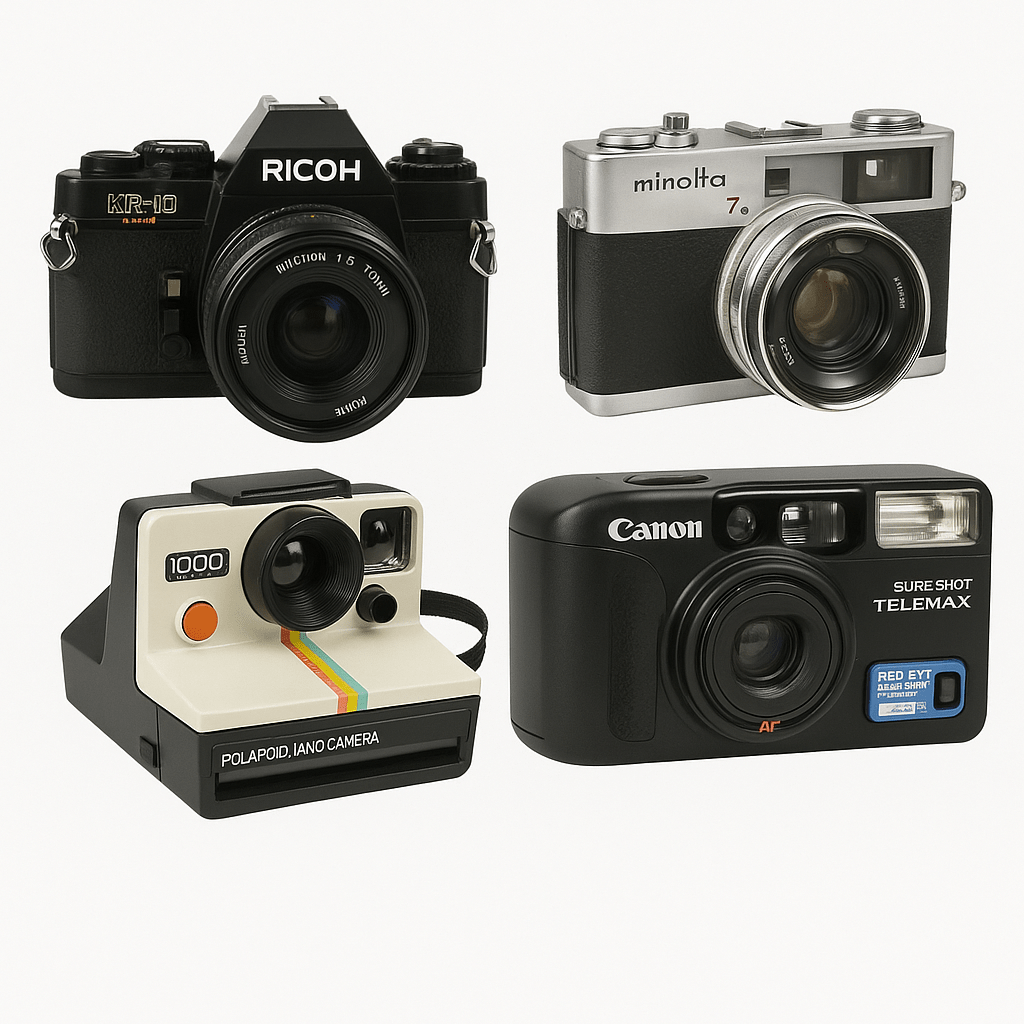
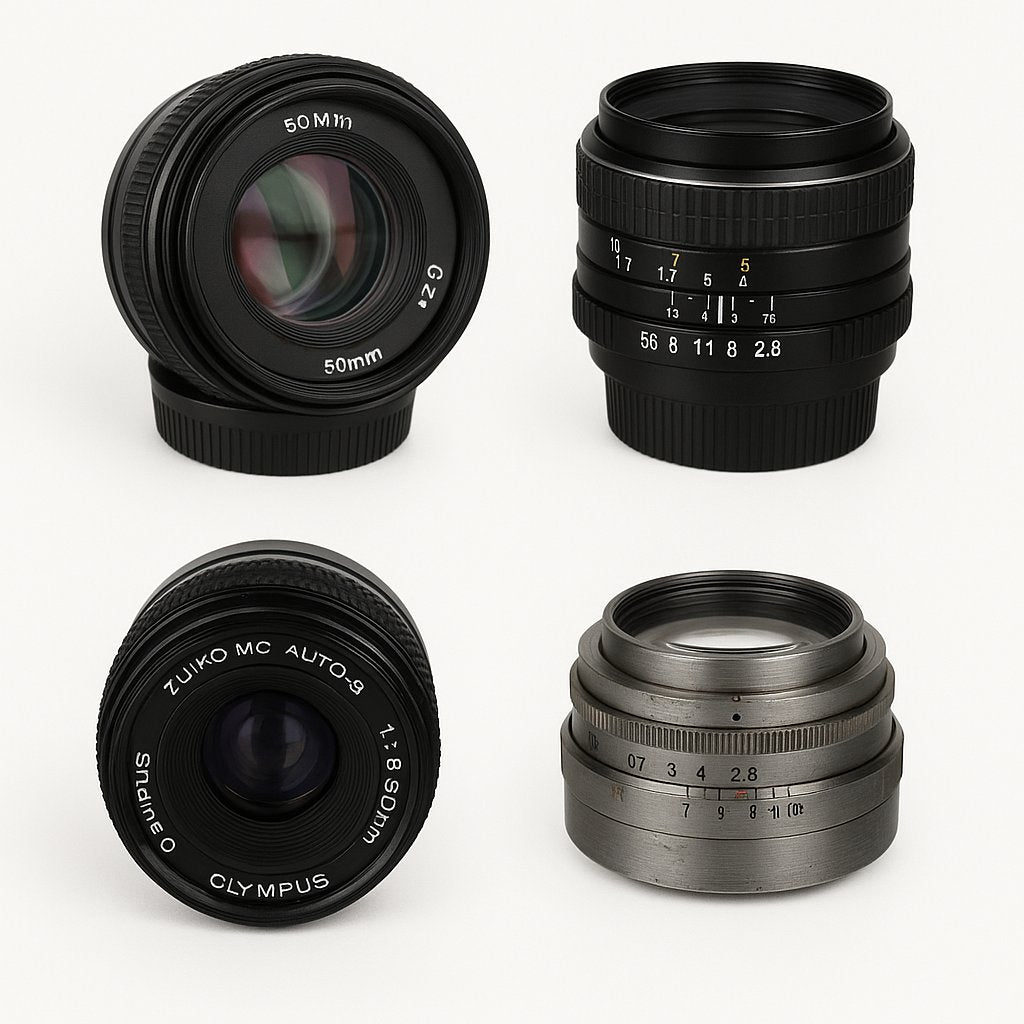
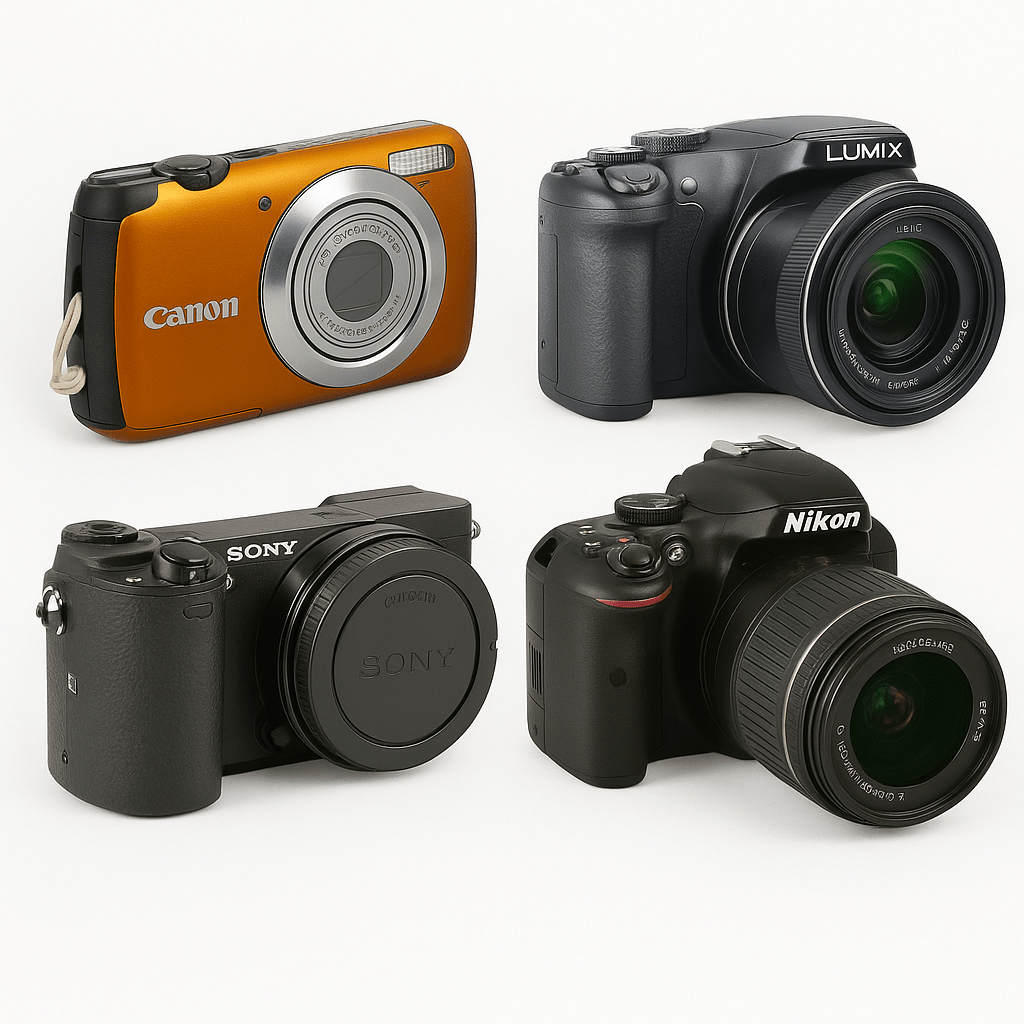
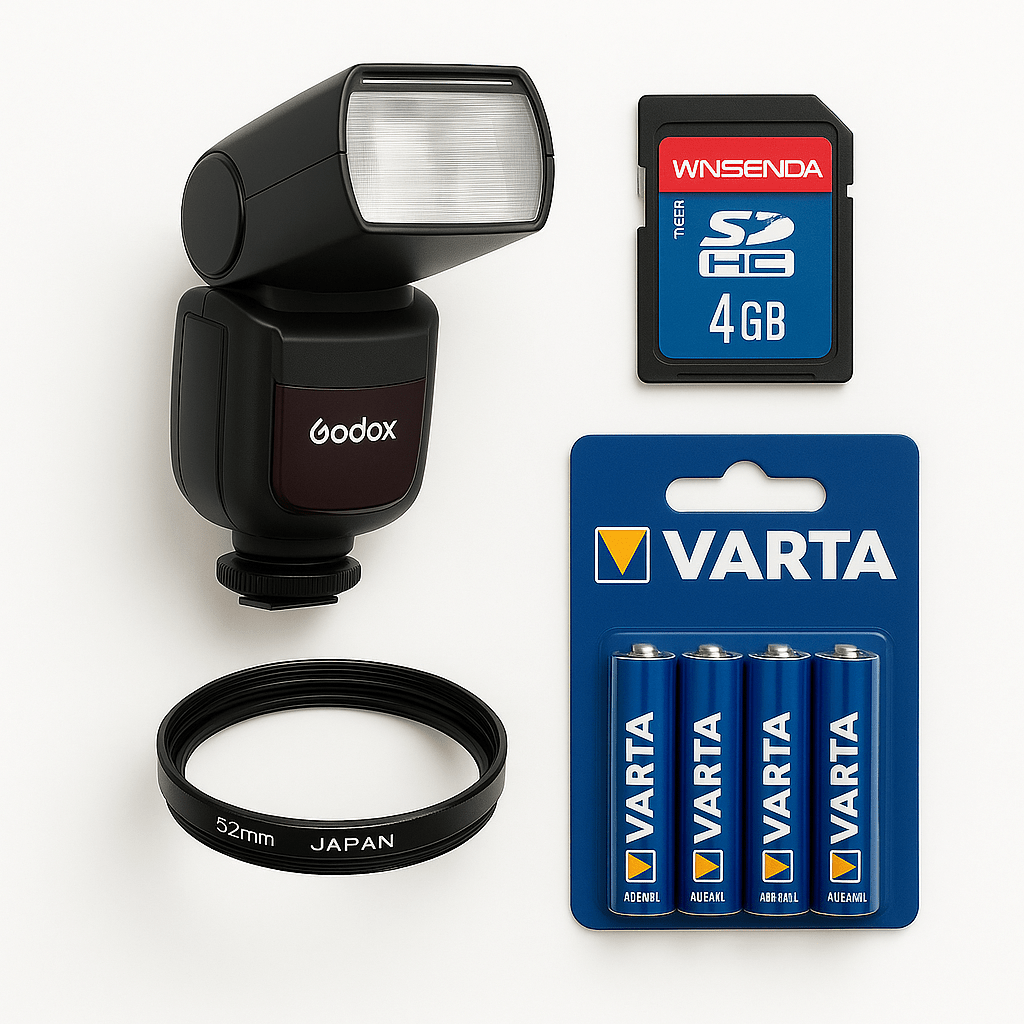
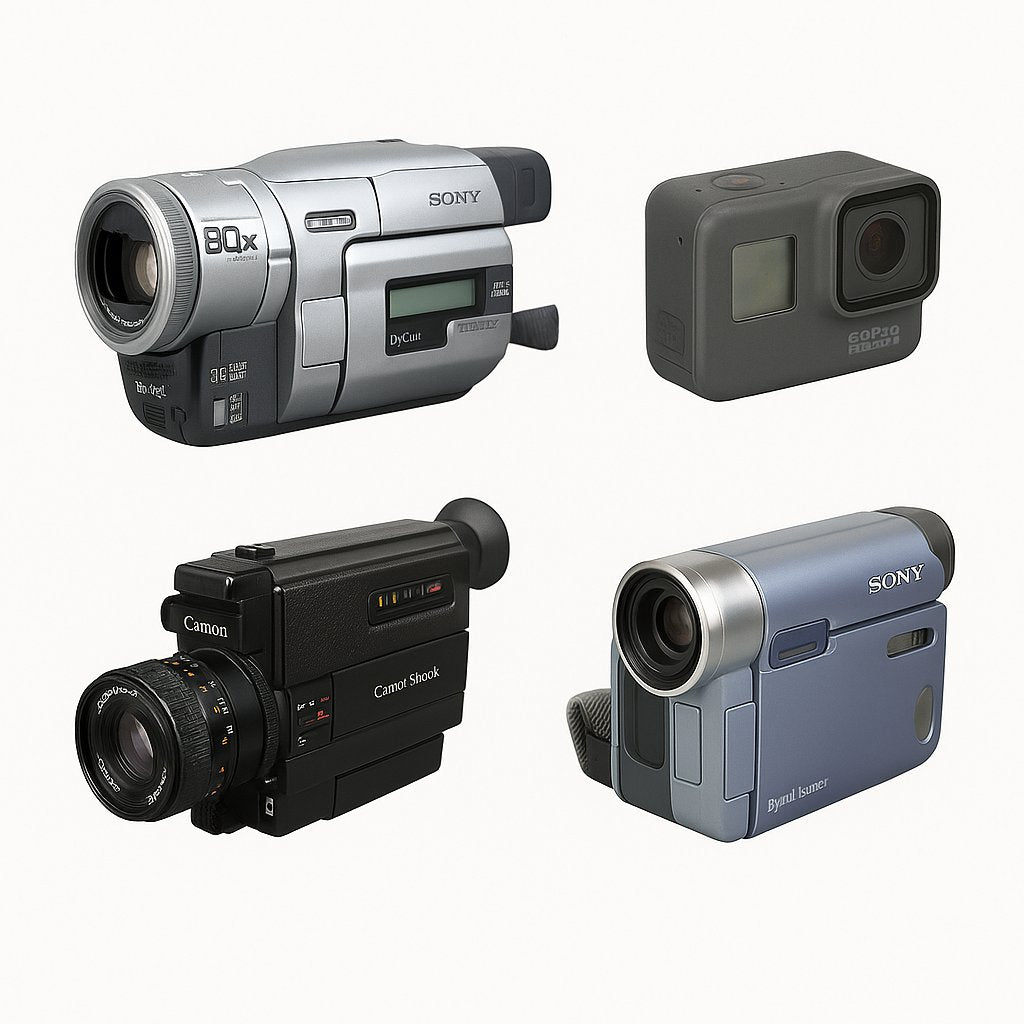
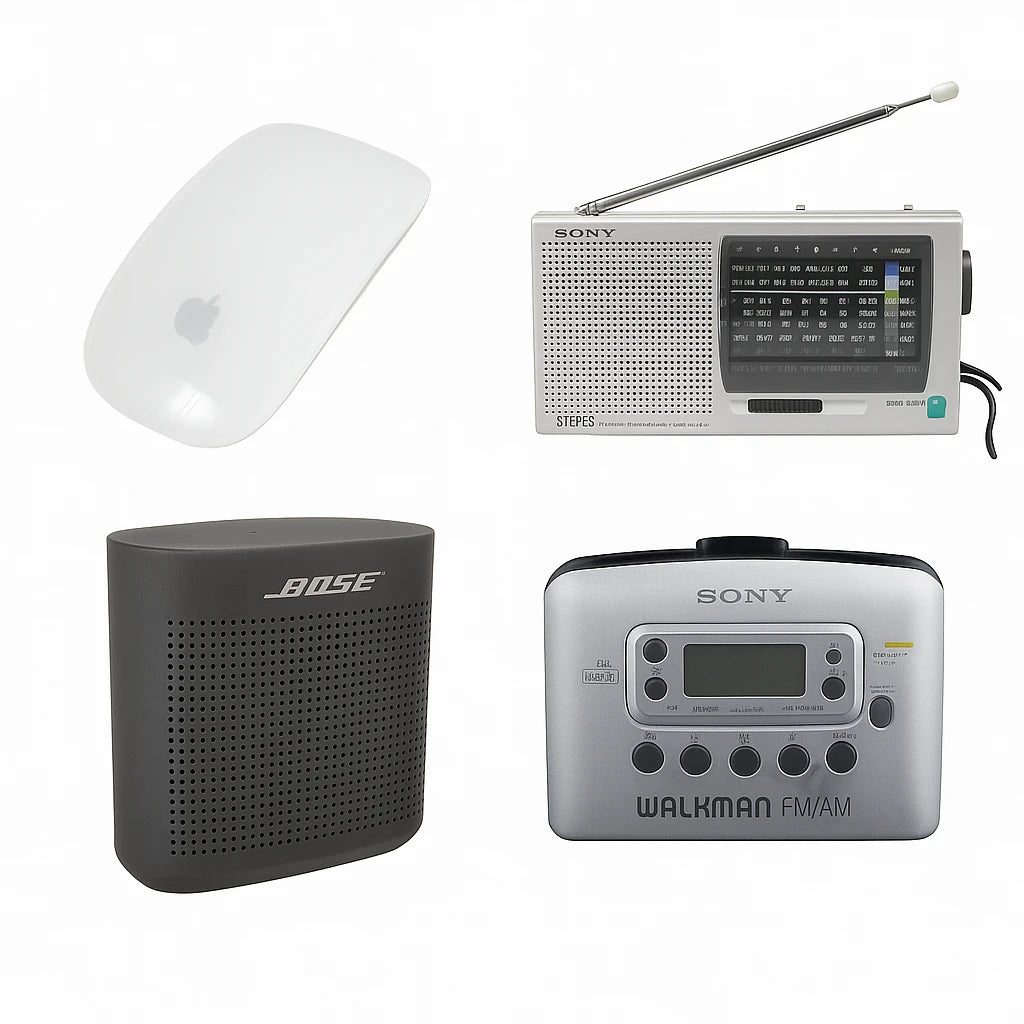
0 comments